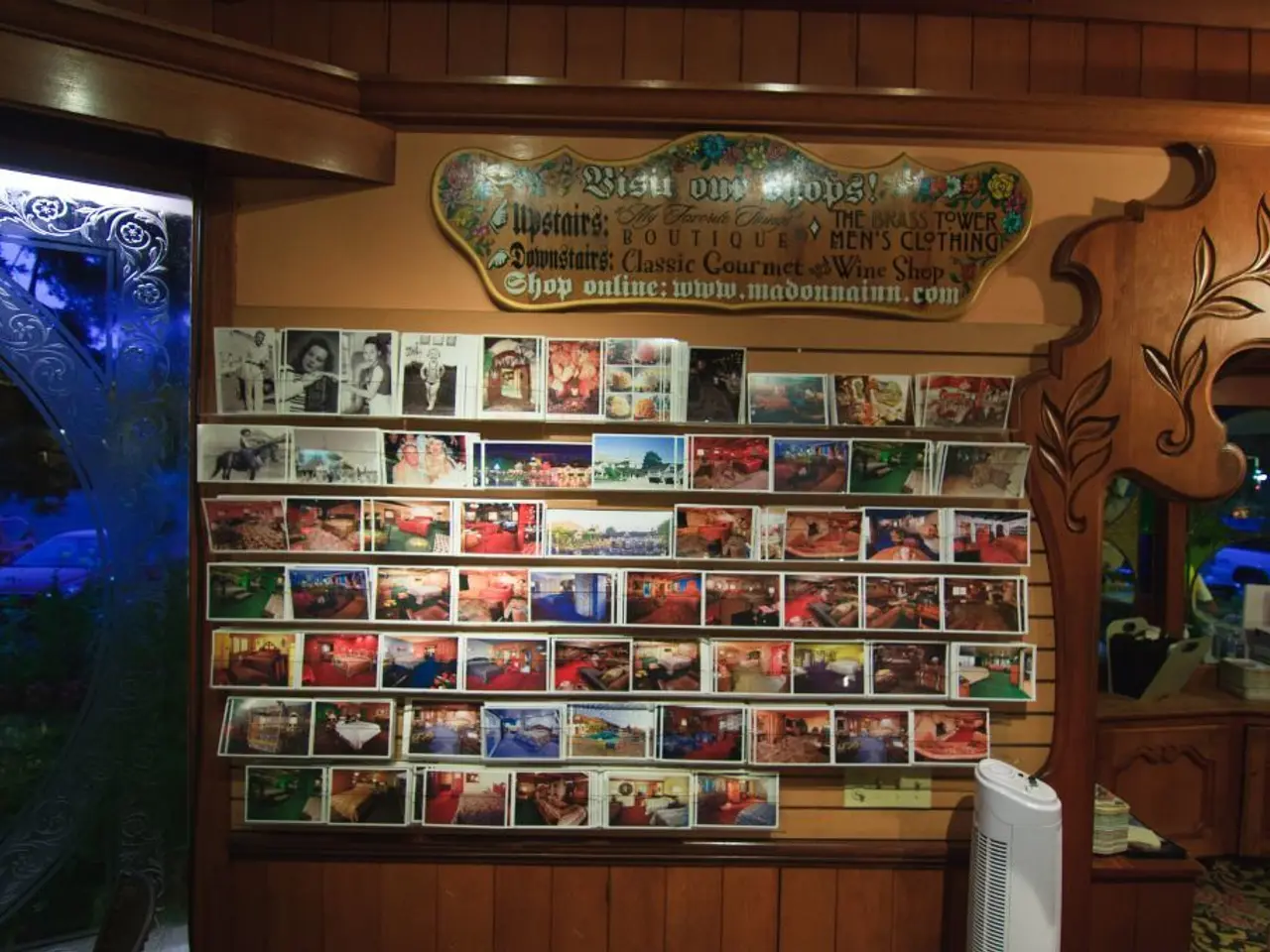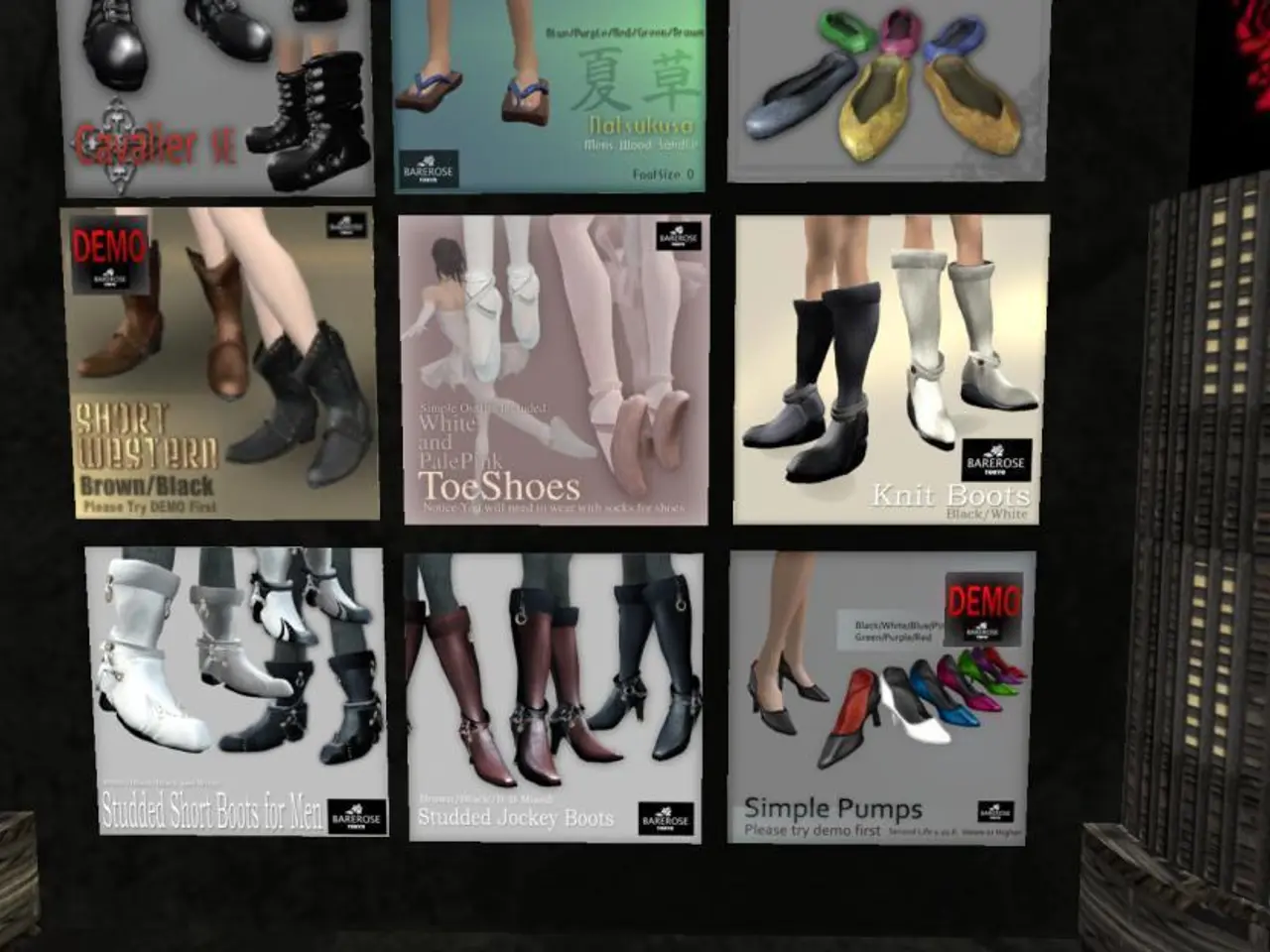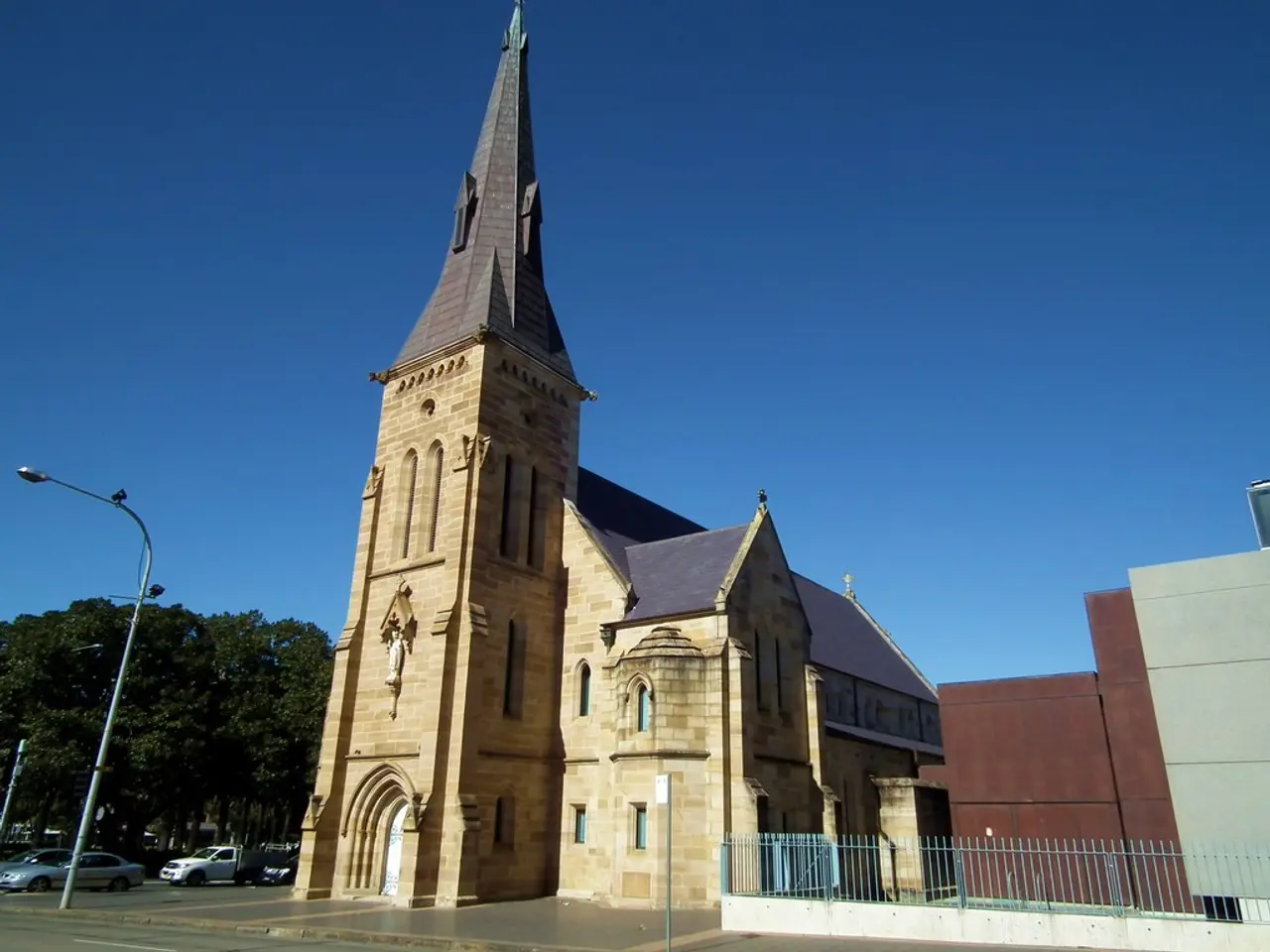A Guide to Creating an Effective Storyboard
In the realm of video production, a storyboard can be a valuable asset, speeding up the process for both animation videos and live-action pieces. This visual narrative tool helps ensure every aspect of the video is well-organized and planned out beforehand.
The creation of a storyboard begins with a template, which can be found online or self-made by drawing a series of squares or rectangles on a piece of paper. Each illustrated square represents a scene, including notes about shot specs, camera direction, dialogue, and any other relevant details regarding the video's story.
Storyboards provide a clear visual blueprint of the film, helping to plan camera angles, movements, and scene transitions effectively. They create a cohesive narrative by visually mapping out each shot and sequence, and facilitate smooth collaboration among the production crew by aligning everyone with the director’s vision.
Storyboarding improves communication by visually representing complex scenes, allowing easier understanding of the story flow and visual style. This ensures that the narrative is clear and engaging, whether producing short films or feature-length projects. They also serve as a point of coordination for teams with diverse roles, contributing to efficient decision-making and planning before filming even begins.
Advances in technology, such as AI-driven storyboard creation tools, can further streamline this process by quickly translating scripts into visual sequences, saving time and enhancing creativity.
A storyboard acts as a detailed roadmap for a video production team to follow, ensuring a coherent and engaging piece while avoiding inconsistencies and unnecessary animation costs. Without a storyboard, each member of the production team could have a different idea or interpretation of what the different elements of the video look and behave like, or how it all comes together.
Storyboarding also plays a crucial role in saving time and money. By visualizing the video beforehand, it significantly reduces the chances of making serious mistakes that would be costly to fix. A good storyboard can avoid having to re-animate or re-shoot scenes for a video, ultimately saving both time and money.
Moreover, a storyboard gives an excellent way to visually present information and get everyone involved with the production on the same page. It is also a key tool for pitching to potential investors or company decision-makers, as it allows them to see what the video will look like and get excited by the possibilities.
In essence, a storyboard is an essential tool in the video production process, offering numerous benefits that contribute to the success of a project. From planning and organization to communication and cost-saving, a well-crafted storyboard can make all the difference in bringing a vision to life.
[References] [1] [Link to reference 1] [2] [Link to reference 2] [3] [Link to reference 3] [4] [Link to reference 4] [5] [Link to reference 5]
A storyboard is beneficial not only in video production but also extended to other realms of creativity and organization. For instance, a 'lifestyle' journalist could use a storyboard to plan an article on 'fashion-and-beauty' trends, laying out each feature or interview as a scene, with corresponding notes on specifics and styles.
Similarly, a chef experimenting with a new 'food-and-drink' recipe could create a storyboard, illustrating each step of the process, including ingredient measurements, cooking techniques, and presentation. In the realm of 'home-and-garden' projects, homeowners planning a renovation could utilize a storyboard to visualize the design, detailing each room, color scheme, and furniture placement.
In the world of 'gadgets' and 'technology', a product designer might employ a storyboard to visualize the user experience of a new device, detailing every interaction, from setup to operation, to ensure an intuitive and engaging user interface. Within the field of 'artificial-intelligence', a team might use a storyboard to outline the conversational flow of an AI system, mapping out different dialogue scenarios and responses to create a coherent and effective user experience.




